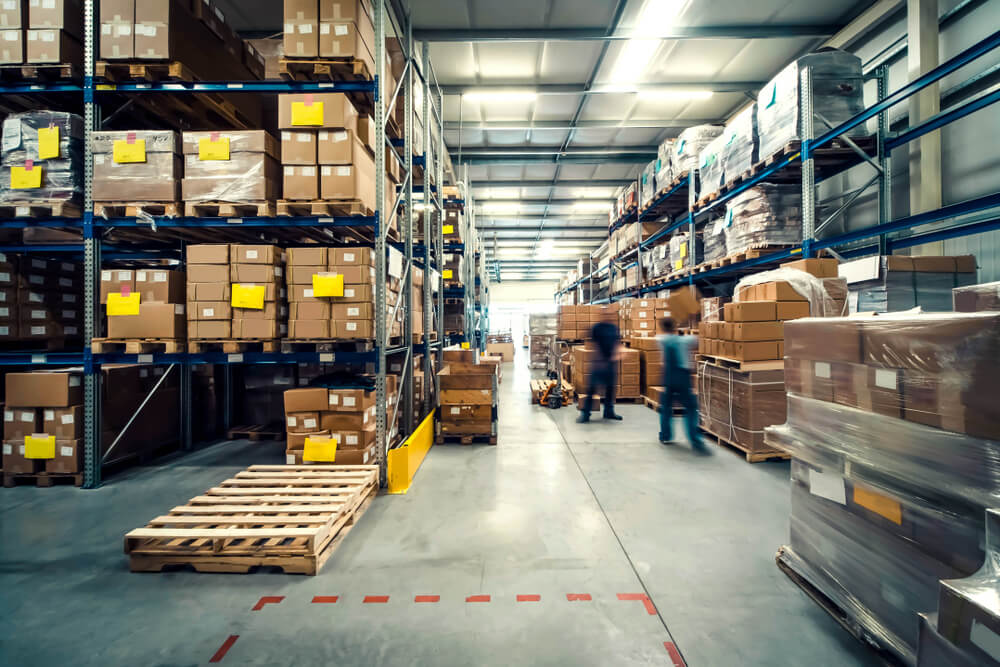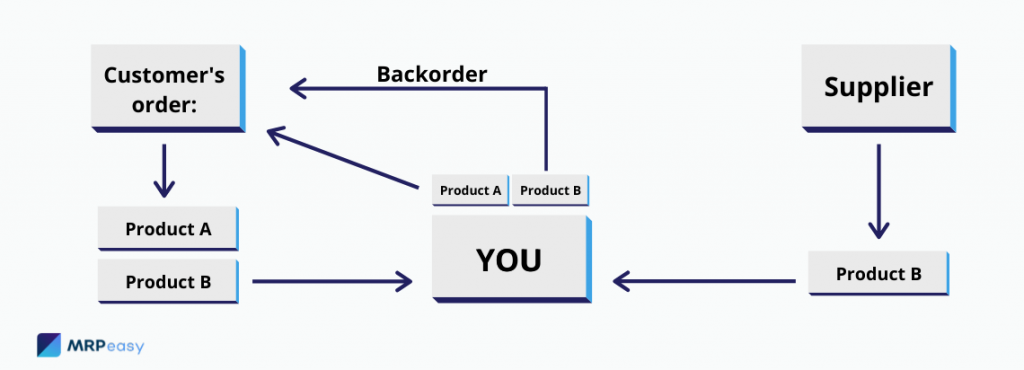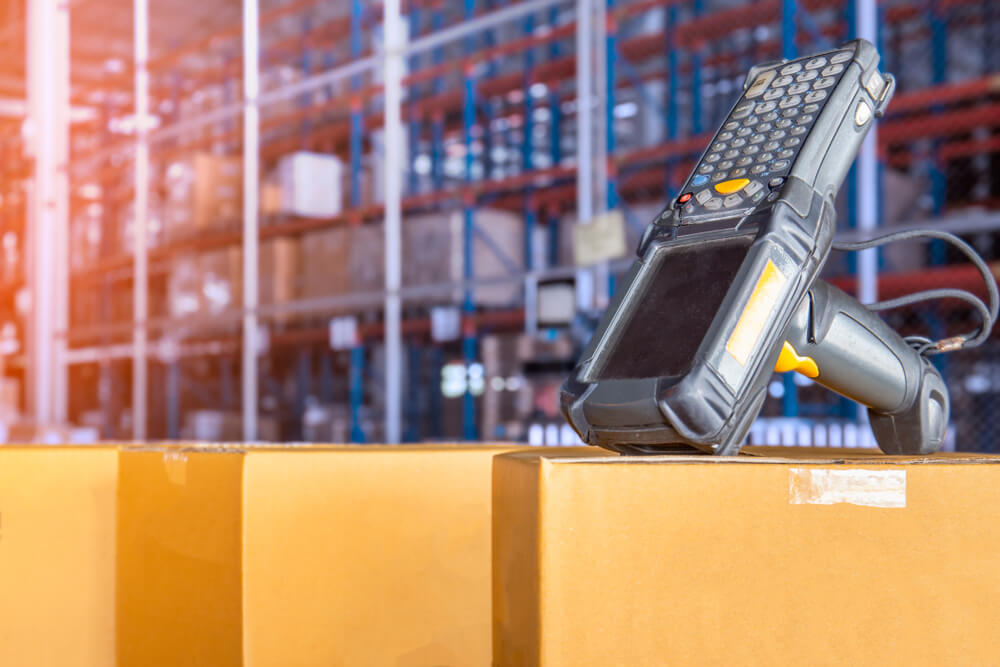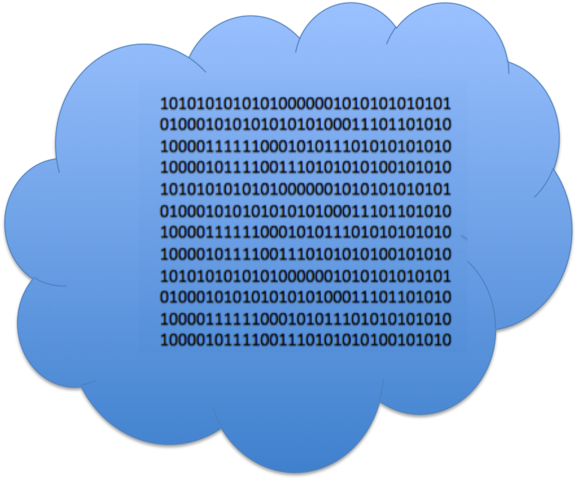What Are Backorders? Meaning, Causes, and Tips
For manufacturers and distributors alike, backorders constitute a reliable means of keeping up sales even after goods have gone out of stock. In this article, we look at the meaning and causes of backorders and weigh their pros and cons.

You can also listen to this article:
What is a backorder?
A backorder is an inventory status for a product that is temporarily out of stock but that’s still available to order. Goods designated as “available on backorder” constitute products that are yet to finish manufacturing or are en route from suppliers but that have nevertheless been made available to purchase. The producer promises to fill the sales order, the goods are simply not yet ready at the time the order is received.
Many companies will experience times when demand is pushed to a level that outpaces supply. This might be due to a number of circumstances that result in sudden increases in demand or a temporary decline in production capacity. When this occurs, companies may choose to make temporarily out-of-stock goods available on backorder instead of stopping sales, thus ensuring continued revenue.
Partially available sales orders
Sales orders often consist of a number of different products. Some of these might be available while others are out of stock but in the process of being replenished. In these cases, it is common for companies to accept the order and ship the available part immediately while making the out-of-stock goods available on backorder – to be delivered once they finish production. The key here is communicating lead times for the back-ordered goods. A back-ordered part of an order might also be part of a supplier’s consignment inventory.

Let us look at an example. A baker puts in an order for 500 kg of flour. However, the producer only has 350 kg in stock while the next batch is still in production with a lead time of 10 days. Instead of having to wait until the next batch finishes, the producer may make the order partially deliverable, quoting 350kg as available immediately and the remaining 150kg as available on backorder, ready to ship in 10 days. That way the producer can finish the sale while the baker can get on with the dough.
Backorder vs. pre-order vs. out of stock
Backorders should not be confused with pre-orders or out-of-stock items. The difference between a backorder and a pre-order is simply that while a backorder is a product previously in stock that has temporarily run out, a product available on pre-order has no previous stock status at all. In other words, pre-orders are goods that a company has plans to start manufacturing or supplying in the future but is already accepting orders for today.
In the case of out-of-stock, however, supply for a product is uncertain or a company has stopped manufacturing or supplying it altogether. Either the manufacturer is unclear if the product will return to stock at some point in the future or the product might be at the end of its lifecycle.
Whether to designate an item as out of stock or available on backorder will depend on many circumstances. For example, a manufacturer should consider the following: is demand for the product persistent; would the availability on backorder be profitable; how long is the customer willing to wait; when will the raw materials supply replenish; how many items to make available; is the production planning set up to allow for booking orders in advance; are the inventory management system and accounting module equipped to manage backorders properly, etc.
Main causes of backorders
Backorders are not inherently bad news and can be a reliable means of keeping up sales. It all depends on how they are managed. Let us look at three different circumstances that can necessitate using backorders.
Unusual demand
Among the chief reasons for backorders are sudden demand fluctuations. These may be the result of a seasonal event such as a holiday, a freak weather event like an unexpectedly long snowstorm, etc. It may simply be the result of surging popularity for a product due to its trending on social media.
Many manufacturers rely on forecasting and demand planning models for large customers, total orders, or specific product lines. Sudden variations in order patterns can throw manufacturing off balance and leave planned production capacity unable to match demand.
Learn more about Capacity planning.
Low safety stock
Companies need to rigorously manage inventory levels to keep from under- or overstocking products and components. To avoid stockouts and account for supply chain irregularities, many manufacturers keep a safety stock of certain goods. Safety stock is an inventory management method meant to alleviate supply disruptions.
However, regardless of even the best planning efforts, safety stock or finished goods inventory levels are also miscalculated at times. There simply is no reliable way to foresee all demand spikes ahead of time.
Learn more about Safety stock.
Supply chain issues
In a global economy where supply chains stretch across continents and often include many intermediaries, there will occasionally be supply disruptions. This may be the result of acts of nature, shipping or dock strikes, regulatory compliance, bad quality on the suppliers’ end, etc. Whatever the reason, the outcome is a stock deficit and most often lagging lead times.
By adopting a multi-vendor approach, the risks associated with relying on a single supplier are alleviated. Regardless, there is no guarantee that a missed shipment by one supplier can always be filled by a second source.
Learn more about Supply chain management.
Benefits and risks of backorders
As we have seen, in some situations, backorders might be a worthwhile sales technique. Next, let us go through the chief benefits and risks associated with using them.
Benefits of taking backorders
One advantage of using backorders is that they can depict a healthy increase in demand for a product. If managed correctly, a backorder can be used to forecast steady demand and mitigate financial risks involved with increasing production capacity. This can help companies plan for growth and gain valuable market insights.
Another key benefit is that backorders can help companies maintain lower inventory levels, freeing up cash flow for operations and expansion. By running leaner, backorders can drive profitability through increasing revenue and lowering overhead, labor, and holding costs.
Continued sales even as goods go out of stock is especially beneficial for smaller manufacturers that rely heavily on steady revenue and cannot afford to lose customers. What’s more, a backorder might even send a signal to consumers that a product is highly sought after, driving popularity.
Risks of taking backorders
As for risks and disadvantages, overly relying on backorders can indicate that a company has gone too lean in an effort to save costs, failed to anticipate demand, or may have issues with productivity. If lead times are too long and backorders drag on, the customers may go to competitors and the orders might get canceled, resulting in the raw materials ordered to satisfy demand automatically turning into excess stock upon arrival.
It is usually the case that the cancellation risk is greater, the longer a customer needs to wait for the product. They might find a better deal or their circumstances or preferences could change while waiting. If a customer does end up canceling the order it almost always means added waste, missed opportunity, and a reputation hit to the company.
If the order was already paid for, refunds need to be issued and production plans rescheduled. Even if it was not, added operating costs from customer care are practically guaranteed.
Backorder accounting considerations
In accounting, backorders – sometimes also referred to as a company’s backlog – are usually expressed as a dollar figure denoting the value of the sale. However, there is an impact on how they are accounted for. Namely, paid backorders are recorded as liabilities in the financials rather than as completed sales. These are future obligations to customers. The reason for this is simple – if the customer should cancel, the backorder can be removed without affecting the previous period’s sales revenue. This keeps a backorder from impacting the bottom line while the transaction is in flux.
There are other accounting considerations as well. For one, backorders may impact inventory and other holding costs. If related to a specific component or raw material that is part of a process, the other parts that go into that assembly are subject to regular inventory procedures and valuation. The same goes for holding costs. Even though the product is yet to be recorded as a completed sale, rent, utilities, and labor must still be paid for holding components that await the back ordered items.
Other accounting concerns include expedited shipping costs which must be rolled in at some point into the financials. It may also include both tangible and intangible costs, both of which must have some accounting to track backorder progress.
Tips on managing Backorders
While using backorders can be beneficial for a company in many circumstances, the key is to make sure that the production system is set up to handle them properly and that customers are kept in the loop. Here are six tips to more efficiently manage backorders:
- Review the popularity of items regularly. When an item is flying off the shelves, make sure to analyze the product’s lifecycle. Determine the key markers for its popularity like market trends, seasonality, and other factors. It pays to make informed decisions on whether or not to make items available on backorder before they run out of stock.
- Communicate with customers. Customers are more willing to put in backorders if they can trust that production is advancing smoothly and their order is being prioritized. Communication is key for minimizing the risk of cancellations. Accurate ETAs and regular status updates provide customers a sense of assuredness that their business is valued.
- Double down on production planning. Foresight into the production planning and scheduling considerations for fast-selling items is crucial in ensuring a balanced supply. Spend extra time analyzing production capacities and resource allocation for popular SKUs. Advanced MRP systems enable accurate and thorough analysis of production histories, capacities, stock levels, and more.
- Calculate and set reorder points. Products often require a complex mix of raw materials and components to produce. These may have very different inbound lead times from vendors. Calculating and setting realistic reorder points based on consumption history will reduce the risk of running out of a component. Here too, capable inventory management software can be a game changer.
- Keep healthy safety stock levels. As we have seen, having sufficient safety stock is a good way to address increases in demand and can reduce the need for backorders. However, safety stock should be kept at a balanced level, as overstocking incurs added overhead costs and introduces risks of wastage.
- Integrate production systems. Small and medium-sized manufacturers often use disparate systems for different functionality. This causes information silos and the need to reconcile data from department to department, increasing the chance of error and introducing delays. By integrating production systems into a unified solution such as a cloud manufacturing ERP, backorders can be managed far better.
If appropriately managed, backorders can be an effective means of addressing potential problems arising from inconsistent demand or fluctuating lead times. A unified manufacturing system with advanced analytics, reports, and production tracking functionalities, such as MRPeasy, can go a long way in making sure backorders end up benefitting and not hurting the company.
Key takeaways
- A backorder is out-of-stock production that is in process or planned but has regardless been made available to order.
- Backorders are distinct from out-of-stock in that they are still open to sales orders whereas out-of-stock items are not.
- The chief causes of backorders are sudden demand fluctuations, supply chain issues, and improperly managed safety stock levels.
- If managed correctly, backorders may help in keeping up sales amid unresolved supply issues, provided that sufficient customer care negates cancellations.
- Tips for managing backorders include revisiting safety stock levels, setting optimal reorder points, and implementing a unified production planning system.
On backorder is a stock status which means that the product is temporarily out of stock but available to order ahead of time.
You ordered 100 units of ducktape, but the supplier only has 70 units in stock. The remaining 30 units are placed on backorder – they will be shipped to you as soon as they become available, without requiring a new purchase order.
Backordered goods are available to order, they simply are not in stock at the time of the order. It usually takes a few days to a few weeks for an item on back order to return to stock. Discontinued items, however, are out of stock permanently – their manufacturing or distribution in a company has stopped.
You may also like: Purchase Order Management – Achieving Consistent Deliveries




